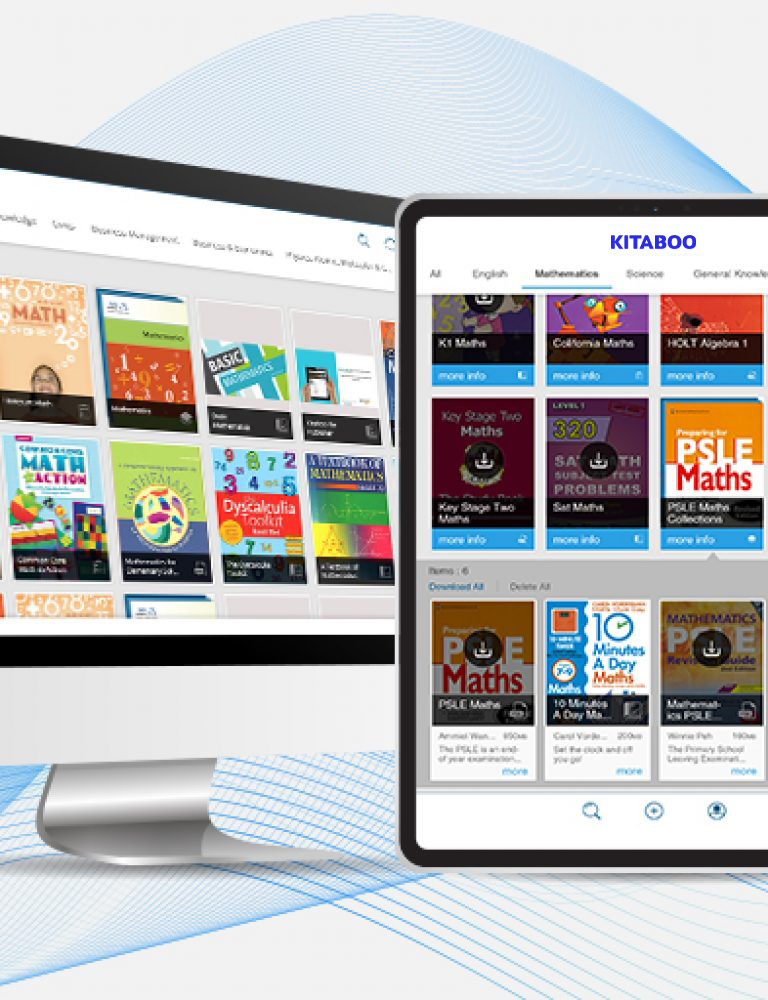The transformation of the educational publishing market in the last few years has been nothing short of phenomenal.
Powered by rapid digitization, the industry has evolved remarkably from creating simple digital books or eBooks to the complete customization of course content/material with several elements of interactivity (gamification, virtual reality, immersive media, augmented reality etc.).
Further, the post-COVID-19 impact has contributed significantly to the growth of the market, which is expected to accelerate at a CAGR of 15.57% from 2021 to 2026.
To help digital publishers navigate these changes, this post aims to discuss some of the top trends in the educational publishing industry today, and some of the best practices publishers can follow to stay ahead of the competition.
Here’s what we’ll cover.
Table of Contents
- Top Trends in Educational Publishing
- Hybrid Learning Becoming Mainstream
- Increased Interactivity in eBooks
- Sustainable Educational Publishing Practices
- Increase in the Popularity of Rental eBooks
- Course Authoring Tools
- Best Practices for Educational Publishing
Top Trends in Educational Publishing
Here are some of the top trends in the educational publishing space to watch out for:
1. Hybrid Learning Becoming Mainstream
The pandemic-driven digitization of education has made hybrid learning mainstream in the educational landscape.
As more and more institutes are moving their operations online, educational publishers are also realizing the need to go with the flow and adopt digital publishing methods.
The future is going to see a sharper shift where there will be an accelerated use of a variety of tools in both blended learning and flipped classroom environments.
2. Increased Interactivity in eBooks
Although the use of interactive elements has always been present in eBooks, the rise in online learning modes has further increased their popularity.
Additionally, as creating interactive digital content is much easier and more cost-effective than printing traditional textbooks, educational publishers have also taken to this trend.
Elements such as animations, audio, videos, assessments, graphics, etc., make learning more engaging and have now become an expectation amongst educators and learners.
3. Sustainable Educational Publishing Practices
With climate change becoming a harsh reality, the education industry has also seen a shift toward implementing new sustainable publishing initiatives.
With many international publishing associations joining hands in the initiative, an increasing number of publishers are realizing the importance of such initiatives to successfully combat threats posed by climate change and other global emergencies such as COVID-19.
4. Increase in the Popularity of Rental eBooks
5. Course Authoring Tools
Another noteworthy trend in today’s educational publishing industry is the rise in the use of course authoring tools by publishers.
The key advantage of using such tools is that they allow publishers to create content from scratch directly via publishing software. In effect, reducing one stage of the production process.
They also make the adding of interactive elements (charts, graphs, videos, audio, multimedia, etc.) more convenient.
Best Practices for Educational Publishing
With education trending towards increasing digitization, here are a few tips for publishers to cache in on these trends –
1. Create Content on Relevant Channels
As more educators adapt to digital learning, publishers need to rethink the online presence of their eBooks. It is no longer enough to publish just one version of the eBook on your website.
The focus should be on making the content more compatible and shareable online.
For instance, choosing to create an HTML5 flip book will ensure the publication is available across platforms and allows you to deliver your content across devices such as IOS, Android & Windows.
2. Make Your Publication Digitally Discoverable
While a full-fledged marketing campaign may not be something you’re considering there are smaller ways to make an eBook digitally discoverable.
One simple way is to ensure that the final file has the relevant metadata. This includes aspects such as the title, author, ISBN, etc. This metadata helps retailers catalog your eBook correctly and display it.
And if the metadata is search engine optimized, your eBook will be well on its way to being digitally discoverable!
3. Focus on Analytics
Most digital publishing software today come with an in-built data analytics dashboard. These give you data on aspects such as user engagement, visitor frequency and other consumption habits of your readers.
By diving deep into these analytics, you can gain actionable insights which will help focus your marketing and content creation efforts.
4. Focus on Accessibility
Online educational publications reach a wide range of people. Publishers need to stay alert to the needs of this diverse audience.
One way to go about this is by ensuring your content is accessible even to the differently-abled. This can be done by creating content that has immersive reading capabilities, choosing appropriate color combinations and focusing on the structure of your content, amongst other things.
It also helps to use different kinds of media to cater to different learning styles.
Conclusion
As the publishing landscape transitions towards digital solutions, there are many more strategic developments expected in this area. It will be interesting to see how educational publishers explore and navigate the long-term impact of these trends going forward.
However, what is also important to keep in mind here is the fact that educational publishing is very different from other publishing formats. It’s a niche area and it’s important to work with the proper tools in order to be successful.
If you’re looking for a robust cloud-based educational publishing and distribution platform, KITABOO is a top choice. Capable of developing highly interactive eBooks, KITABOO offers content authoring features, DRM protection of content, and a wide range of distribution options.
Contact our expert team now and get started!
To give yourself an edge over your competitors, write to us at KITABOO@hurix.com.
Suggested Reads:
Discover How An Ebook Conversion, Publishing & Distribution Platform Can Help You
Kitaboo is a cloud-based content platform to create-publish & securely distribute interactive mobile-ready ebooks.
You May Also Like
-
Comparing eReading Devices for K12 Education
Blog,Digital Publishing,eBook solution / November 23, 2023








